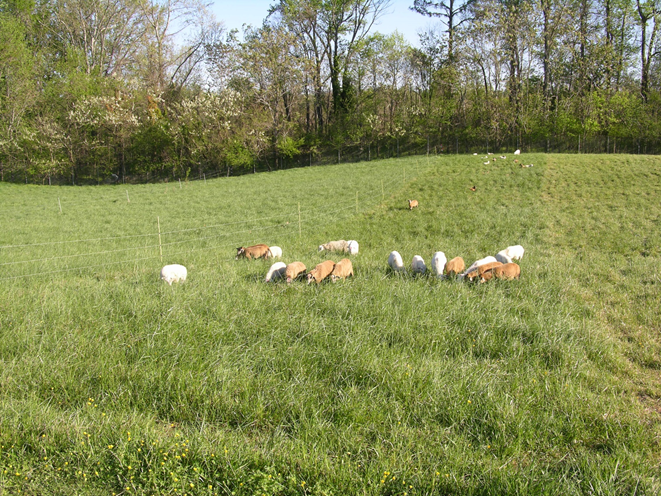Sustainable Forage-Based Production Systems for Hair Sheep
A special issue of Animals (ISSN 2076-2615). This special issue belongs to the section "Animal System and Management".
Deadline for manuscript submissions: closed (20 December 2022) | Viewed by 3113
Special Issue Editor
Special Issue Information
Dear Colleagues,
Hair sheep require limited management inputs such as shearing and frequent deworming, while being well adapted to grazing environments. These characteristics, along with extended seasonal breeding and good maternal abilities, make hair sheep well suited for pasture-based production systems. Sustainable production systems relying less on grain supplementation and harvested feed are becoming increasingly significant. There is a need to summarize and update research-based information on all aspects of hair sheep production contributing to sustainable forage-based production systems.
This Special Issue seeks to gather current research addressing components of hair sheep production supporting the development and implementation of pasture-based systems. Contributions are sought covering (1) grazing infrastructure such a rotational grazing, year-round grazing, and silvopasture; (2) management considerations such as supplementation options for late gestation and lactation, parasite control, pasture lambing, and accelerated mating; and (3) production outcomes such as carcass quality and composition, marketing opportunities, organic certification, and system modeling.

Prof. Dr. Wildeus Stephan
Guest Editor
Manuscript Submission Information
Manuscripts should be submitted online at www.mdpi.com by registering and logging in to this website. Once you are registered, click here to go to the submission form. Manuscripts can be submitted until the deadline. All submissions that pass pre-check are peer-reviewed. Accepted papers will be published continuously in the journal (as soon as accepted) and will be listed together on the special issue website. Research articles, review articles as well as short communications are invited. For planned papers, a title and short abstract (about 100 words) can be sent to the Editorial Office for announcement on this website.
Submitted manuscripts should not have been published previously, nor be under consideration for publication elsewhere (except conference proceedings papers). All manuscripts are thoroughly refereed through a single-blind peer-review process. A guide for authors and other relevant information for submission of manuscripts is available on the Instructions for Authors page. Animals is an international peer-reviewed open access semimonthly journal published by MDPI.
Please visit the Instructions for Authors page before submitting a manuscript. The Article Processing Charge (APC) for publication in this open access journal is 2400 CHF (Swiss Francs). Submitted papers should be well formatted and use good English. Authors may use MDPI's English editing service prior to publication or during author revisions.
Keywords
- sheep
- nutrition
- grazing
- supplementation
- forage
Benefits of Publishing in a Special Issue
- Ease of navigation: Grouping papers by topic helps scholars navigate broad scope journals more efficiently.
- Greater discoverability: Special Issues support the reach and impact of scientific research. Articles in Special Issues are more discoverable and cited more frequently.
- Expansion of research network: Special Issues facilitate connections among authors, fostering scientific collaborations.
- External promotion: Articles in Special Issues are often promoted through the journal's social media, increasing their visibility.
- Reprint: MDPI Books provides the opportunity to republish successful Special Issues in book format, both online and in print.
Further information on MDPI's Special Issue policies can be found here.






